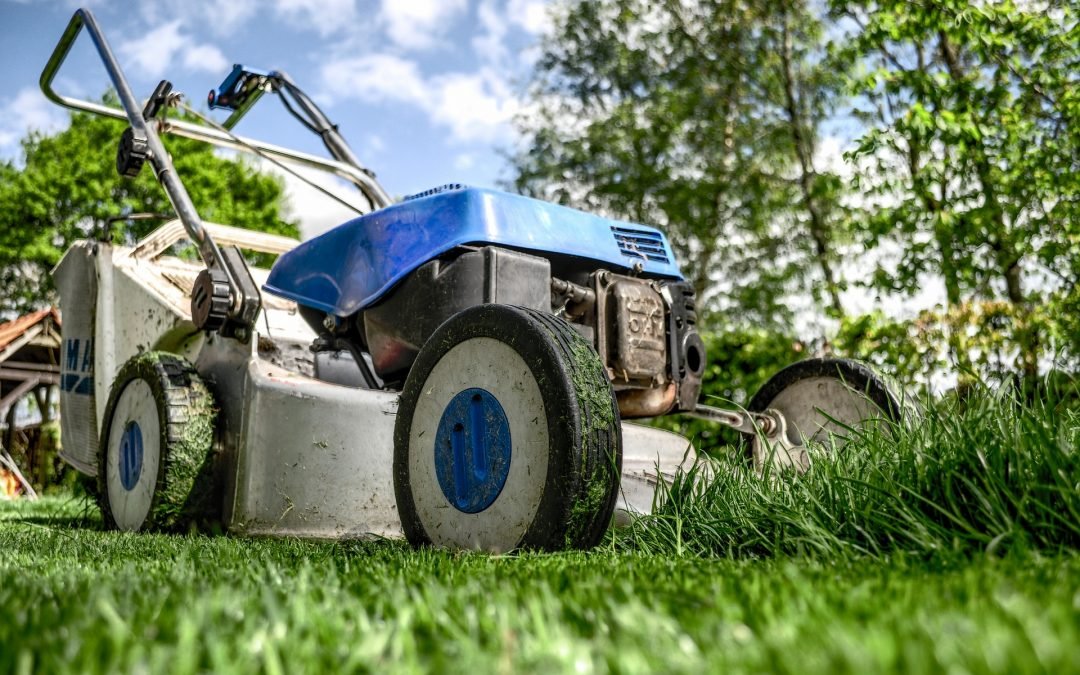
Spring Lawn Care Tips For A Better Summer

Tackling spring lawn care provides a just-right dose of fresh air, sunshine, and exercise—and sets your lawn on its way to season-long glory. Spring lawn chores aren’t difficult, but they do play a vital role in getting your grass on track for a healthy, productive growing season.
Here are some tips to help make your lawn summer-ready:
Tune Up Your Mower
Change the oil, air filter and spark plug. Clean the top and undercarriage, removing dirt and grass clippings-just be sure to detach the spark plug wire before working around the cutting blade. Don’t flip a gas mower over to clean underneath; simply lift one side and brush away dried grass. If dried grass has hardened, loosen with a hand trowel or putty knife. Sharpen the mower blade, and replace it if it has large nicks or gouges. It’s a good idea to keep an extra blade on hand so you always cut with a sharp edge. Last but not least, fill the fuel tank. Note, too, that a cold mower can be hard to start in early spring. Warm it up by placing it in the sun for an hour or two prior to starting. Enhance warming by placing a dark trash bag over the engine while it’s soaking up some rays. (Remove the bag before you start the mower, though!)
Clean Up Your Lawn
Walk over your lawn and gather any twigs, branches or other debris that has appeared over winter. Dispose of trash, and add small twigs and leaves to your compost pile. Then, rake out dead grass. It can also go on the compost pile, unless it contains weeds.
Aerate
Aerating refers to the removal of plugs of soil from your lawn, which helps loosen compacted soil and allows vital air, water, and nutrients to reach the roots. You want to aerate when your grass is in its peak growing season so it can recover quickly. If you have high-traffic areas or heavy clay soil, you will want to aerate every year. If you have sandy soil or your lawn is growing well, you can aerate every 2-3 years.
Overseed
Overseeding is often overlooked when it comes to home lawn care. Extra seeding can repair bare patches and create a thick lawn that crowds out weeds and resists insects and disease. Purchase a grass seed appropriate for the conditions you are growing in. Make sure to read the label of all products to ensure you’re using the right one for your lawn. Distribute it evenly onto your lawn. Lightly rake the soil to create seed-soil contact, but don’t cover the grass seed as it needs direct sunlight to begin to sprout.
Fertilize
Your lawn will naturally thrive if you pay attention to it early in the season, but lawns do require fertilizer in order to stay healthy and maintain a lush green appearance. A healthy lawn is the best defense against insect pests. It endures insect feedings without showing visible signs of minor damage, and it repairs itself with new growth once the insects have departed. Common insect problems on Canadian lawns are white grubs, sod webworms, and chinch bugs.
Once you have taken care of everything that needs to be done during the spring you will be ready to enjoy a summer with a lush and healthy lawn!

